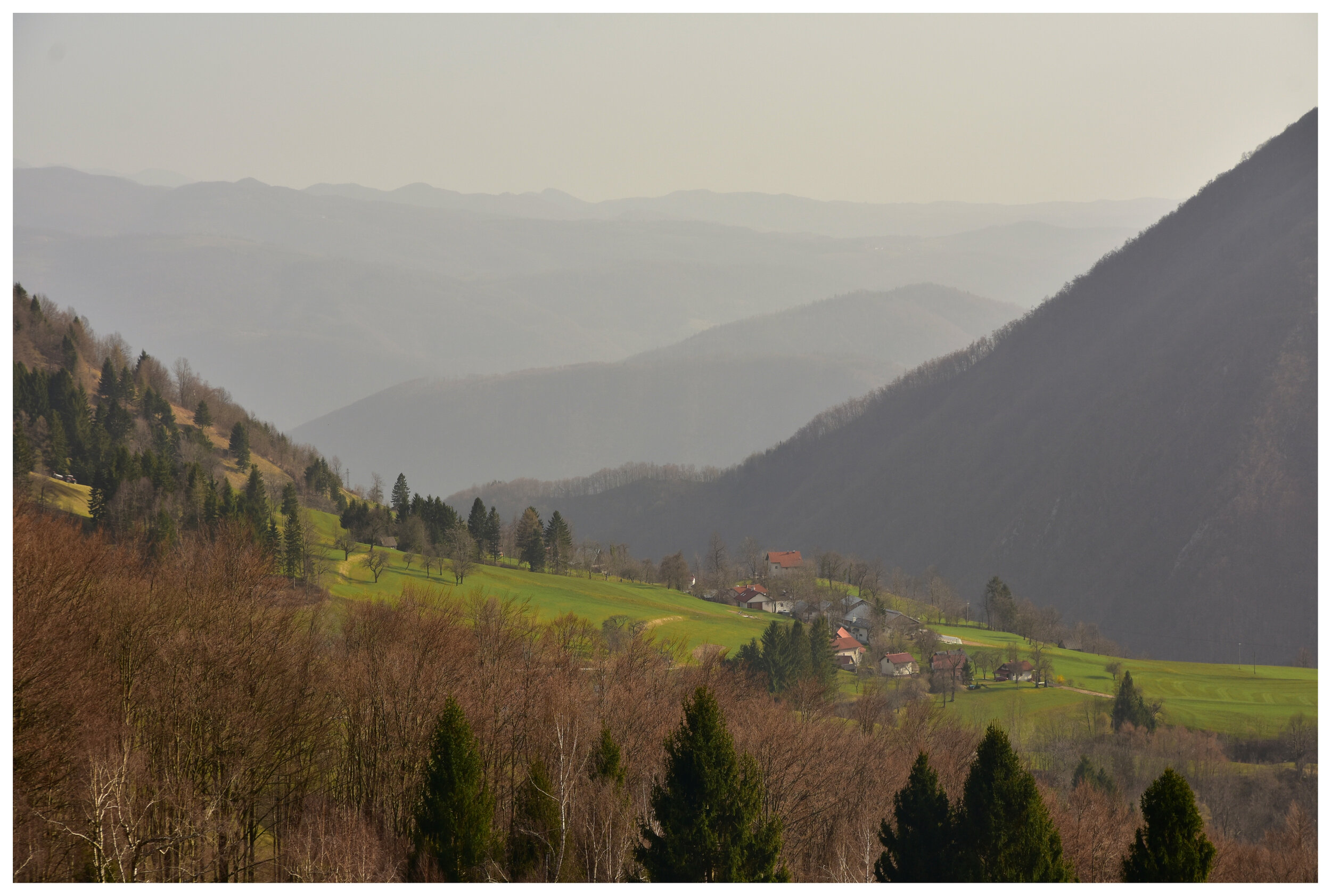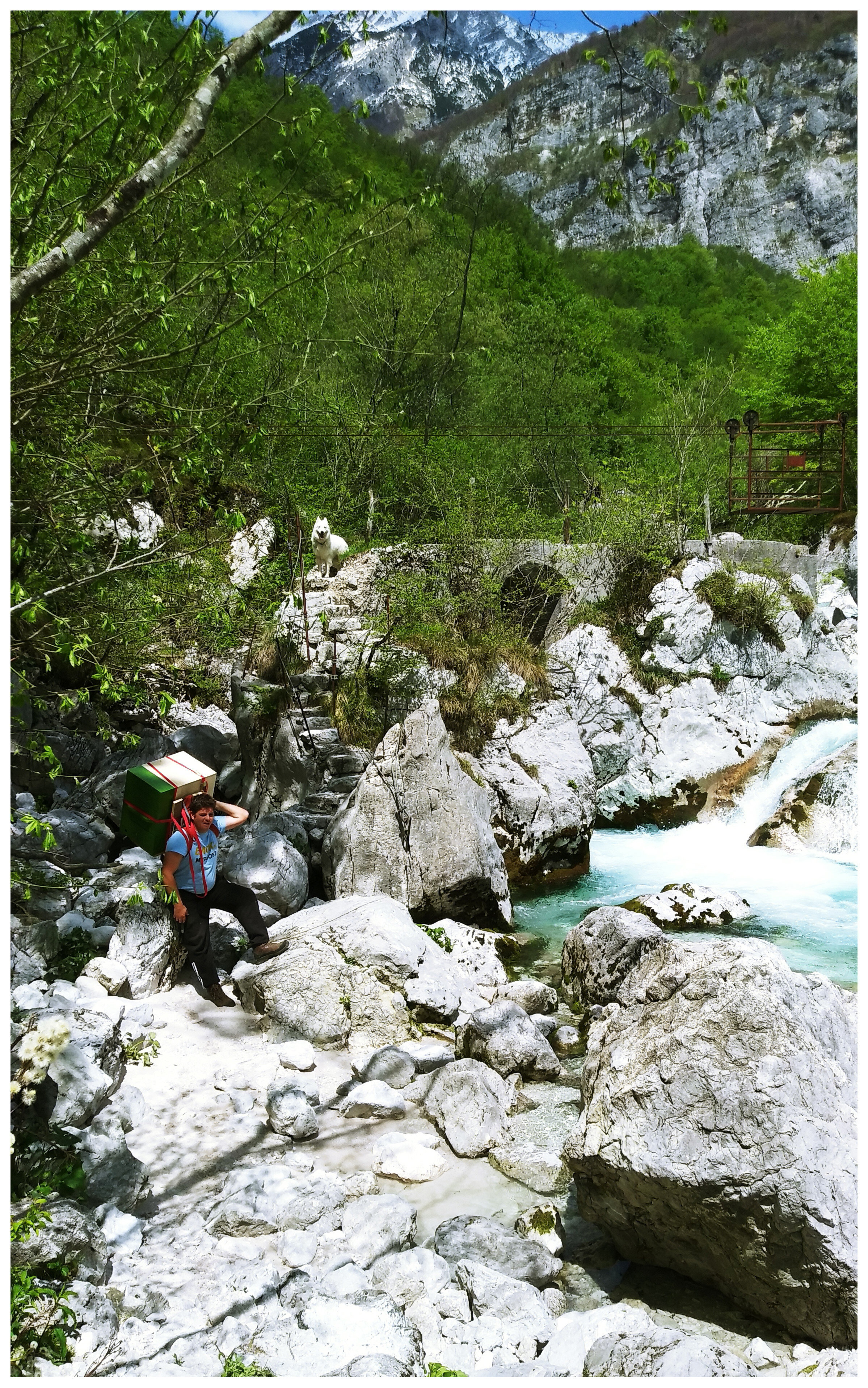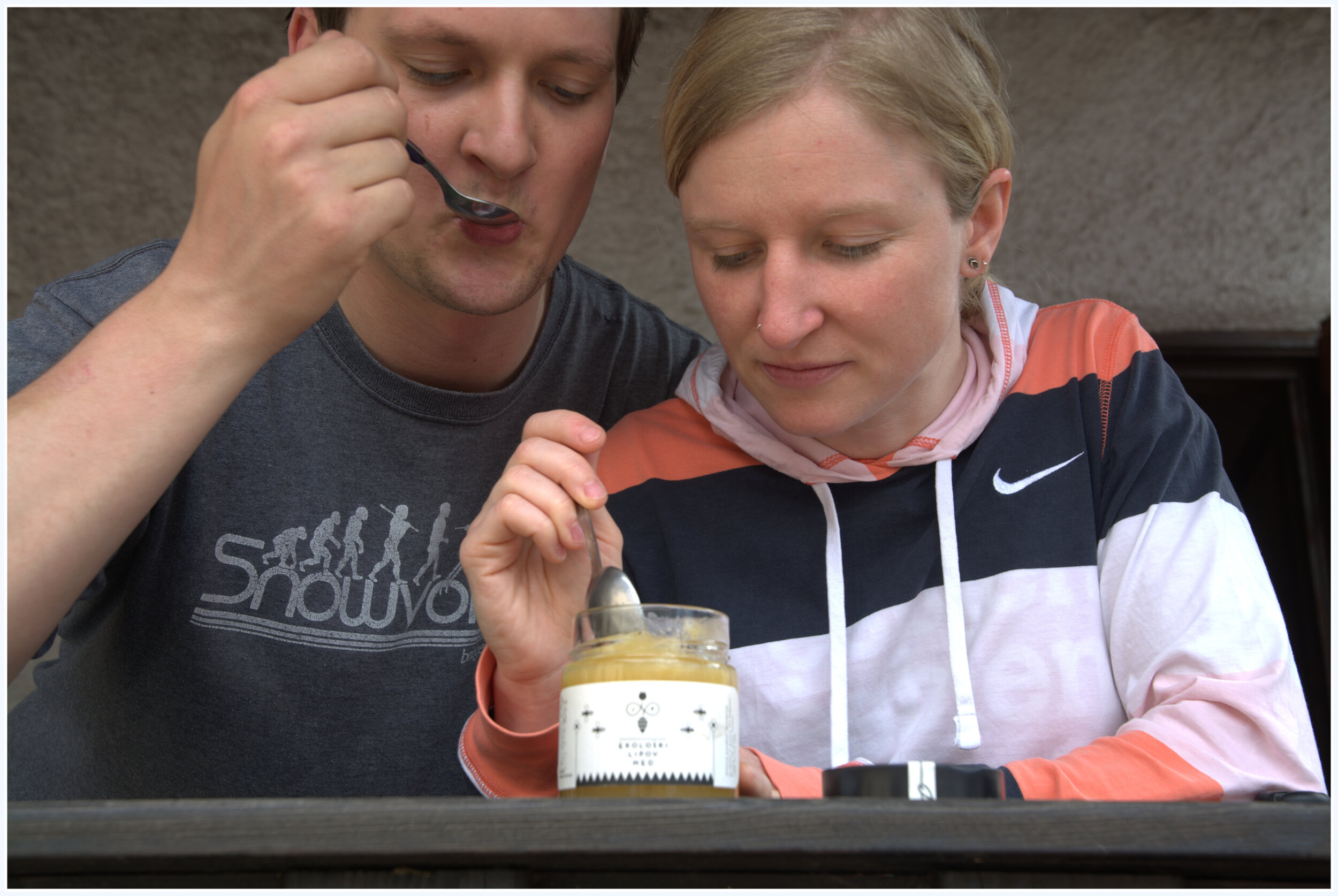The buzzing sounds of Slovenia
Kliknite tukaj za slovenski prevod vsebine bloga
The colours, the smell, the gentle warmth. It is peaceful and cosy on the flower meadows and for a second it seems like heaven. But if you listen very closely the lively bird song is joined by the buzzing rhythm of the insect world. Spring has arrived in Slovenia and Carniola bees are in full swing performing their bee dance.
So they say, Slovenia is a beeland! If India has its cows, Egypt cats, Slovenia’s sacred animal is indeed a bee. There are more than 11,000 beekeepers in a population of two million. They take care of more than 200,000 colourful beehives scattered around the country and god knows how many honeybees.
Beekeeping in Slovenia has a lot of history and it is part of the country’s identity. Honey is featured in many Slovenian dishes, bees and honey are used as apitherapy to treat illnesses and chronic injuries. Apitourism is a noble part of Slovenian tourism. It does not stop here. The Carniolan honey bee, Slovenia’s native bee, is the only protected native species in the European Union. It is no wonder that Slovenia was the main initiator for declaring 20 May the World Bee Day.
What is all the buzz about?
Bees are important; we all know that. It is easy to overlook them since they are so small and the stinging does not help them climb up the popularity scale. A wrong step, swollen leg, bee down, and a cascade of incredibly innovative curse words pouring out of an unlucky person’s mouth. At that very moment, it is appealing to imagine a world without bloody insects.
But did you ever really think how that world would look like? These black and yellow honey makers pollinate 70 of around 100 crop species that feed 90% of the world. Bees also play a key role in preserving biodiversity in nature. Simply put: fewer bees means fewer plant options, starvation of animals that eat those plants, less food for the predators. It goes on and on, all the way to the top of the food chain – to the unlucky cursing person. How does sadness taste, you ask? Like the world without bees.
Sadly the bee population is already facing doomsday scenarios across the globe. It is mainly due to pesticides, climate change, habitat loss, and a blood-sucking bee predator varroa, some kind of a bee tick. That is why Bee Day is meaningful! It reminds us how important it is to preserve bees and to keep the beekeeping tradition alive. Why 20th of May? On the same day 287 years ago, Anton Janša, the pioneer of beekeeping, was born. You’ve guessed it; he was Slovenian!
Čadrg the land of milk and honey
On the eco-farm Pri Seljanu, every day is a bee day. A narrow road above the steep Tolminka gorge leads you up to the village Čadrg. This craggy yet very lively hamlet stands on the Triglav National Park’s outskirts, just below the mountain peaks.
Less than 50 people live in Slovenia’s first ecological village. Among them is the family farm Pri Seljanu. Primož, Jasmin, their son Ambrož and a whole bunch of bees. Primož's parents, Ludvik and Kristina, are also very helpful in the tasks on the farm, where, in addition to beekeeping, they also take care of old varieties of pears and apples. “My grandfather had a beehive, but that was something normal here. Back then, almost every second house had one or two hives in which honey was produced for personal use,” said Primož, who moved back to Čadrg after graduation. After a few years, he and his wife, Jasmin set up two hives. The swarming life took over and without planning, they entered into a whole new bee chapter.
Now they have two apiaries, one in Čadrg and one in the remote meadow Prode. Since access to the meadow is only possible on foot, they had to carry the hives, bees and other necessary equipment on their shoulders. It was worth the sweat! The woods offer bees a diverse menu for almost all year round.
The heather starts to bloom in mid-February, waking up the honey bees from a long overwinter shiver. Hellebores, catkin, linden and other trees open their flowers in early spring. Summer smells like mint, thyme and oregano in the woods. Meanwhile, the bees in Čadrg feast on fruit trees and flower meadows.
Not all is sweet in honeyland
Honey bees are captivating creatures with a fascinating social organisation. On the throne sits the queen bee, promiscuous diva, a passionate lover with a fierce temperament and an all-female army of worker bees. Then there are the men – drones with their only purpose: making love with the queen. After completing the mission, the drones relax and start eating the honey — which greatly disturbs the working bees.
These blue-collar bees do all the work around the hive: maintain cleanliness, build cells, tend to the queen, collect honey, forage, pollinate, guard the nest and yes, sting you from time to time. Hit the road Jack! In the late summer, the working bees kick the poor drones out of the hive. “It is unbelievable! You see a huge bunch of drones in front of the hive’s threshold,” said Jasmin. This is the sad and inevitable fate of every drone — no mercy in the bee society.
Bees work together in families. Like in Game of Thrones, some of them are stronger than others. The bee monarchy works like a kind of enlightened absolutism. But if the bees are not happy with their queen, they carry out a coup, replacing her with another one.
Queens usually change every three years. When new crowns are born, the old one prepares to leave the hive with her most faithful followers. A cloud of bees (with the senior leader in the middle) flies out of the hive, temporarily settling on a tree branch. A group of working bees are sent to look around and find a new suitable home.
Nowadays, beekeepers do that for them and arrange families in different hives. “When we started, we had three families and we lost all of them over the winter. First, because it was the year of the varroa and when the bees barely recovered, a robbery happened,” said Primož. A robbery? It is more like a war. Stronger bee families come from other apiaries and kill the weaker ones. “When we opened the hive’s door it was empty. Not even the smallest drop of honey was left there. Only the stables remained. It was quite a horrible picture,” explained Jasmin.
Sharing is caring
D day. Honey harvest day. Liquid gold. Beekeeper’s holiday. “Funny, because for us it’s quite the opposite. I mean it is nice to see all the hard work melt into honey, but it is just one part of the life long process,” said Primož. Beekeeping is more than just honey. Bees are more than just honey.
A beekeeper’s story is full of patience and curiosity, observation and learning, struggle and reward, persistence and care. That is why the honey tastes even sweeter. The honey day has to be carefully planned. It is the day when you can expect some stings. Bees are not fond of sharing their hard-earned delights with an uninvited landowner. Anyways, at Seljan’s, they never take out the whole honey but leave enough of it for the bees to store it for the winter. It is a sustainable deal: some for me, some for you.
“In Čadrg, we have a rich floral pasture. The honey is mostly made out of linden pollen. If May is nice and sunny, honey has a bit of a chestnut flavour, but if it’s rainy, it is pure linden. The one from Prode is a whole different thing. Try it, you will taste the difference,” said Primož and handed me another honey jar. The weather, the rhythm, the texture of life. Honey reflects the flavour of Čadrg captured at a specific point in time.
Back at home, intensively observing a honey jar, thinking about life and how it is all connected. Bees. Too often taken for granted, yet so mysterious and complex. Busy with our own lives in our human hives, we keep on forgetting we are part of the same planet. Meanwhile, the spring continues. Bees are visiting the blooming flowers, collecting the nectar and carrying it to the hive. “There they pass it on, from bee to bee, until the water of the nectar is consumed. This is how honey is created - by sharing” (Pri Seljanu, 2020).











